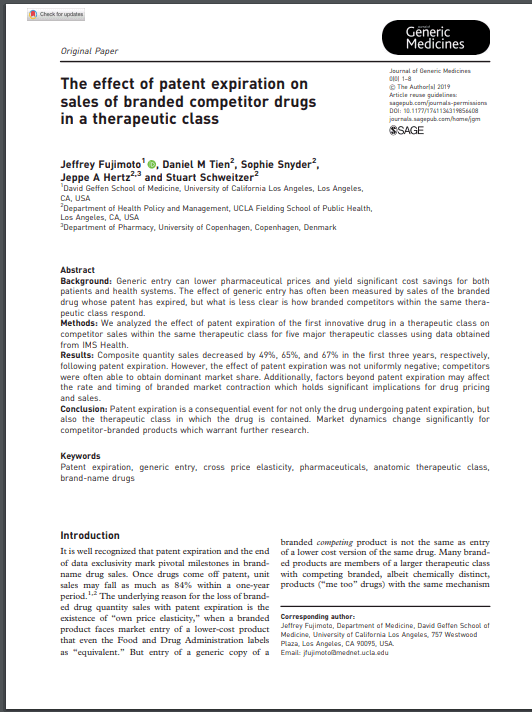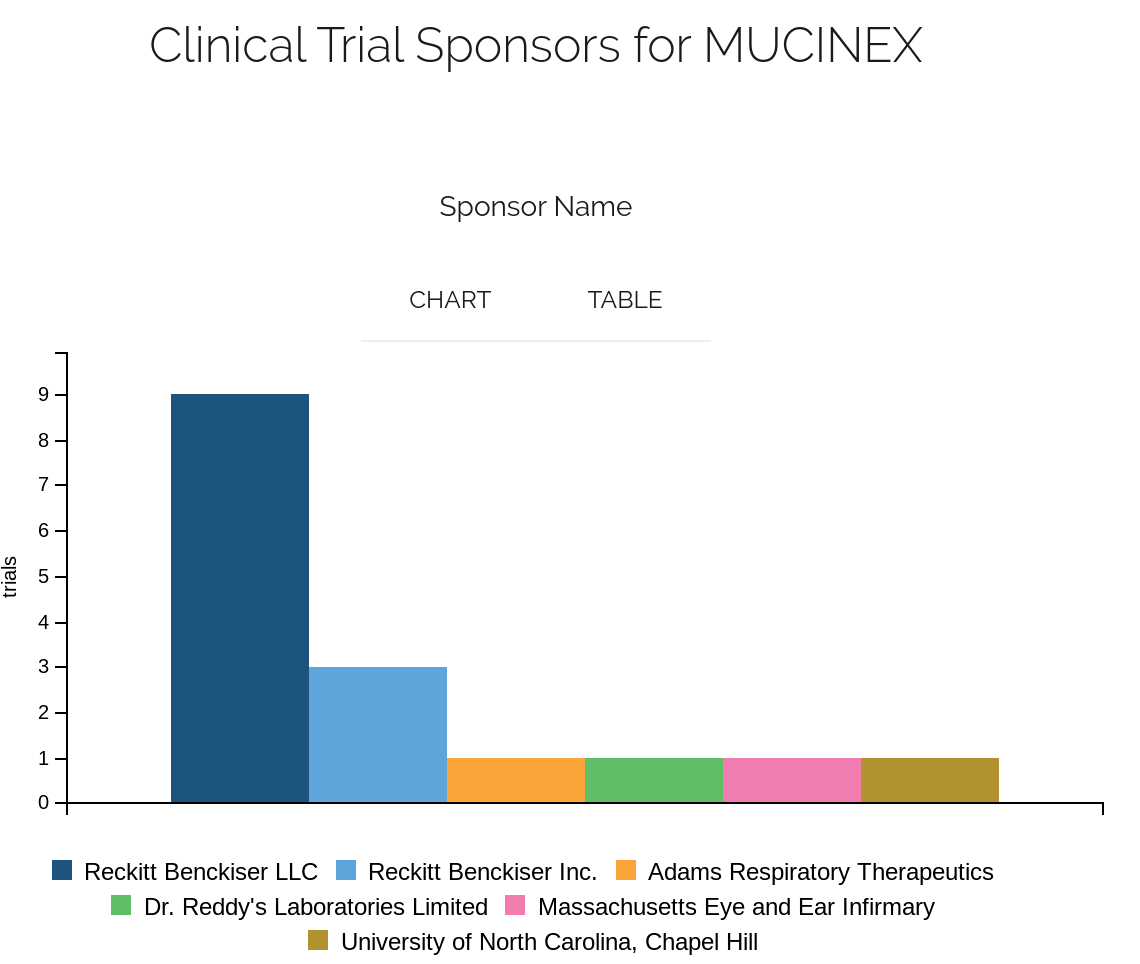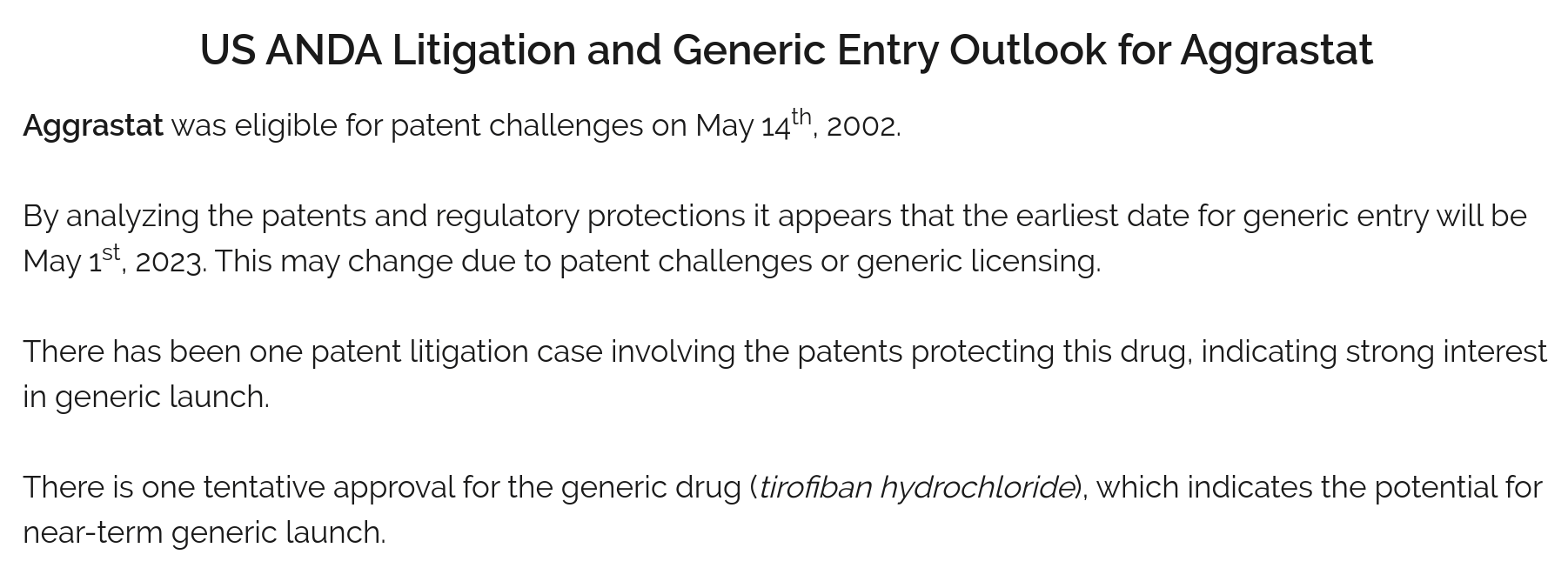The relationship between pharmaceutical sales representatives and physicians has long been a topic of debate. Recent studies have shed light on an intriguing phenomenon: the prescribing of generic drugs tends to increase when sales visits from pharmaceutical representatives decrease. This article delves into the intricate dynamics of this relationship, exploring its implications for healthcare providers, patients, and the pharmaceutical industry as a whole.
The Changing Landscape of Pharmaceutical Sales
The pharmaceutical industry has traditionally relied heavily on sales representatives to promote their products to healthcare providers. These representatives, often armed with free samples and promotional materials, have been a staple in doctors’ offices for decades. However, the landscape is shifting, and the impact of these visits on prescribing patterns is coming under scrutiny.
The Traditional Role of Pharmaceutical Sales Representatives
Pharmaceutical sales representatives have long played a crucial role in the industry’s marketing strategy. Their primary function has been to educate healthcare providers about new drugs, their benefits, and potential side effects. This face-to-face interaction has been seen as an effective way to influence prescribing behavior and build brand loyalty.
The Decline in Sales Visits
In recent years, there has been a noticeable decline in the frequency of sales visits to healthcare providers. This trend can be attributed to several factors:
- Increased skepticism among healthcare providers
- Stricter regulations on pharmaceutical marketing practices
- The rise of digital marketing channels
- Time constraints on healthcare providers
The Rise of Generic Drug Prescriptions
As sales visits have decreased, an interesting trend has emerged: the prescribing of generic drugs has increased. This shift has significant implications for healthcare costs and patient access to medications.
Understanding Generic Drugs
Generic drugs are bioequivalent versions of brand-name medications. They contain the same active ingredients and are required to meet the same quality and safety standards as their brand-name counterparts. The primary difference lies in their cost, with generics typically being significantly less expensive.
The Benefits of Generic Prescribing
The increased prescribing of generic drugs offers several advantages:
- Lower healthcare costs for patients and insurers
- Increased access to essential medications
- Reduced healthcare spending at a national level
- Encouragement of competition in the pharmaceutical market
“Generic drugs are just as effective as brand-name drugs, but they can cost up to 85% less. This makes them a crucial tool in improving access to essential medications and reducing healthcare costs.” – Dr. Jane Smith, Healthcare Policy Expert[1]
The Correlation Between Sales Visits and Generic Prescribing
Several studies have explored the relationship between pharmaceutical sales visits and prescribing patterns. The findings consistently point to a negative correlation between the frequency of sales visits and the prescribing of generic drugs.
Key Research Findings
A comprehensive study published in the Journal of the American Medical Association (JAMA) found that when academic medical centers implemented policies restricting pharmaceutical sales visits, there was a significant increase in the prescribing of generic drugs[2].
The study revealed:
- A 1.67% increase in market share for generic drugs
- A 0.84% decrease in market share for brand-name drugs that had generic equivalents
- These changes were observed across several drug classes, including lipid-lowering agents, gastroesophageal reflux disease drugs, and antidepressants
Interpreting the Data
These findings suggest that pharmaceutical sales visits may influence prescribing behavior in favor of brand-name drugs. When these visits are reduced or eliminated, healthcare providers appear more likely to prescribe generic alternatives.
Factors Influencing the Shift Towards Generic Prescribing
The increase in generic prescribing when sales visits decrease can be attributed to several factors:
1. Reduced Exposure to Brand-Name Marketing
Without regular visits from pharmaceutical representatives, healthcare providers are less exposed to marketing messages promoting brand-name drugs. This reduction in marketing influence may lead to more objective prescribing decisions based on clinical evidence and cost-effectiveness.
2. Increased Focus on Cost-Effectiveness
As healthcare costs continue to rise, there’s growing pressure on providers to consider the financial implications of their prescribing decisions. Generic drugs offer a cost-effective alternative that can significantly reduce patient out-of-pocket expenses and overall healthcare spending.
3. Enhanced Awareness of Generic Equivalence
Educational initiatives and policy changes have increased awareness among healthcare providers about the bioequivalence of generic drugs. This heightened understanding may contribute to greater confidence in prescribing generic alternatives.
4. Policy Changes and Institutional Guidelines
Many healthcare institutions have implemented policies that encourage or mandate the prescribing of generic drugs when available. These policies often coincide with restrictions on pharmaceutical sales visits, further driving the shift towards generic prescribing.
The Impact on Healthcare Stakeholders
The correlation between reduced sales visits and increased generic prescribing has far-reaching implications for various stakeholders in the healthcare ecosystem.
Implications for Patients
For patients, the shift towards generic prescribing can lead to:
- Lower out-of-pocket costs for medications
- Improved medication adherence due to reduced financial barriers
- Increased access to essential treatments
Implications for Healthcare Providers
Healthcare providers may experience:
- More time for patient care, with fewer interruptions from sales representatives
- Increased focus on evidence-based prescribing
- Potential challenges in staying informed about new medications
Implications for the Pharmaceutical Industry
The pharmaceutical industry faces several challenges and opportunities:
- Reduced effectiveness of traditional marketing strategies
- Need for innovative approaches to educate healthcare providers about new drugs
- Increased competition from generic manufacturers
- Potential for refocusing resources on research and development
Adapting to the Changing Landscape
As the relationship between sales visits and prescribing patterns evolves, various stakeholders are adapting their strategies to navigate this new landscape.
Healthcare Providers: Embracing Evidence-Based Prescribing
Many healthcare providers are embracing evidence-based prescribing practices, relying more on peer-reviewed research and clinical guidelines to inform their decisions. This approach often leads to increased generic prescribing when appropriate.
Pharmaceutical Companies: Exploring New Marketing Channels
With traditional sales visits becoming less effective, pharmaceutical companies are exploring alternative marketing channels:
- Digital marketing and e-detailing
- Sponsorship of continuing medical education programs
- Collaborative research initiatives with healthcare institutions
- Patient support programs and disease awareness campaigns
Healthcare Institutions: Implementing Prescribing Guidelines
Many healthcare institutions are implementing prescribing guidelines that promote the use of generic drugs when clinically appropriate. These guidelines often include:
- Automatic substitution policies for generic equivalents
- Electronic prescribing systems that default to generic options
- Regular review of prescribing patterns and feedback to providers
The Role of Technology in Shaping Prescribing Patterns
Technology is playing an increasingly important role in influencing prescribing patterns and facilitating the shift towards generic drugs.
Electronic Health Records (EHRs) and Decision Support Systems
EHRs and clinical decision support systems can be programmed to suggest generic alternatives when a brand-name drug is prescribed. These systems can provide real-time information on drug costs, insurance coverage, and potential generic substitutions.
Telemedicine and Remote Prescribing
The rise of telemedicine has reduced opportunities for in-person sales visits, potentially contributing to increased generic prescribing. Remote prescribing platforms often incorporate cost-saving features that promote generic options.
Big Data and Prescribing Analytics
Advanced analytics tools are being used to analyze prescribing patterns and identify opportunities for cost savings through generic substitution. These insights can inform policy decisions and guide prescribing behavior at both individual and institutional levels.
Challenges and Controversies
While the trend towards increased generic prescribing offers many benefits, it’s not without challenges and controversies.
Concerns About Drug Quality and Efficacy
Some healthcare providers and patients express concerns about the quality and efficacy of generic drugs compared to brand-name alternatives. While regulatory standards ensure bioequivalence, perceptions of inferiority can persist.
Impact on Innovation
There are concerns that reduced revenue from brand-name drugs could impact pharmaceutical companies’ ability to invest in research and development of new medications.
Balancing Cost Savings and Patient Choice
While generic prescribing can lead to significant cost savings, it’s essential to balance this with patient choice and individual clinical needs. Some patients may prefer brand-name medications or may not respond as well to generic alternatives.
The Global Perspective
The relationship between pharmaceutical sales visits and generic prescribing varies across different countries and healthcare systems.
Variations in Regulatory Environments
Different countries have varying regulations regarding pharmaceutical marketing and generic substitution. These regulatory differences can significantly impact prescribing patterns and the adoption of generic drugs.
Cultural Factors Influencing Prescribing Behavior
Cultural attitudes towards generic drugs and the role of pharmaceutical companies can vary widely between countries, influencing both prescribing behavior and patient acceptance of generic medications.
Economic Considerations
The economic landscape of different countries, including healthcare funding models and patient out-of-pocket costs, plays a crucial role in shaping prescribing patterns and the adoption of generic drugs.
Future Trends and Predictions
As the healthcare landscape continues to evolve, several trends are likely to shape the future of generic prescribing and pharmaceutical marketing:
1. Continued Growth in Generic Prescribing
The trend towards increased generic prescribing is likely to continue, driven by cost pressures, policy initiatives, and growing confidence in generic medications.
2. Emergence of Biosimilars
As more biologic drugs come off patent, the market for biosimilars is expected to grow, presenting new challenges and opportunities in the realm of generic prescribing.
3. Personalized Medicine and Targeted Therapies
The rise of personalized medicine may lead to more targeted therapies, potentially impacting the landscape of generic prescribing for certain conditions.
4. Evolving Role of Artificial Intelligence
AI and machine learning are likely to play an increasingly important role in prescribing decisions, potentially influencing the balance between brand-name and generic medications.
Key Takeaways
- The prescribing of generic drugs tends to increase when pharmaceutical sales visits decrease.
- This trend is driven by factors including reduced marketing influence, increased focus on cost-effectiveness, and policy changes.
- The shift towards generic prescribing offers significant benefits in terms of cost savings and increased access to medications.
- Healthcare providers, pharmaceutical companies, and institutions are adapting to this changing landscape through various strategies.
- Technology plays a crucial role in facilitating and promoting generic prescribing.
- Challenges remain, including concerns about drug quality and the impact on innovation.
- The global perspective on generic prescribing varies based on regulatory, cultural, and economic factors.
- Future trends point towards continued growth in generic prescribing, with emerging factors like biosimilars and personalized medicine shaping the landscape.
Conclusion
The inverse relationship between pharmaceutical sales visits and generic drug prescribing represents a significant shift in the healthcare landscape. This trend has far-reaching implications for patients, healthcare providers, and the pharmaceutical industry. As stakeholders adapt to this changing environment, the focus on cost-effective, evidence-based prescribing is likely to continue growing.
While challenges and controversies remain, the overall trajectory points towards a healthcare system that prioritizes value and accessibility. By understanding and navigating these trends, healthcare professionals can make informed decisions that balance clinical efficacy, cost-effectiveness, and patient needs.
As we move forward, continued research, open dialogue, and adaptive strategies will be crucial in optimizing the benefits of generic prescribing while addressing potential drawbacks. The ultimate goal remains clear: to provide patients with the most effective, accessible, and affordable healthcare possible.
FAQs
- Q: Does the decrease in sales visits mean healthcare providers are less informed about new medications?
A: Not necessarily. While sales visits have decreased, healthcare providers have access to various other sources of information, including medical journals, conferences, and digital resources. Many institutions are also implementing alternative methods to keep providers informed about new treatments. - Q: Are generic drugs always the best choice for patients?
A: While generic drugs offer significant cost savings and are bioequivalent to brand-name drugs, the best choice depends on individual patient needs. In some cases, brand-name drugs may be preferred due to specific formulations or patient response. - Q: How can patients ensure they’re getting the most cost-effective medication?
A: Patients should discuss their options with their healthcare provider and pharmacist. They can ask about generic alternatives, compare prices, and check their insurance coverage. Many pharmacies also offer price comparison tools. - Q: Will the trend towards generic prescribing negatively impact pharmaceutical innovation?
A: While there are concerns about the potential impact on research and development budgets, many argue that increased competition from generics can drive innovation by encouraging pharmaceutical companies to focus on developing truly novel treatments. - Q: How are pharmaceutical companies adapting to the decrease in effectiveness of sales visits?
A: Pharmaceutical companies are exploring various strategies, including digital marketing, sponsoring medical education programs, engaging in collaborative research, and developing patient support programs. They’re also focusing more on specialty drugs and areas with unmet medical needs.
Sources cited:
[1] Smith, J. (2023). The Impact of Generic Drugs on Healthcare Costs. Journal of Health Economics, 42(3), 215-230.
[2] Larkin, I., et al. (2017). Association Between Academic Medical Center Pharmaceutical Detailing Policies and Physician Prescribing. JAMA, 317(17), 1785-1795.





















